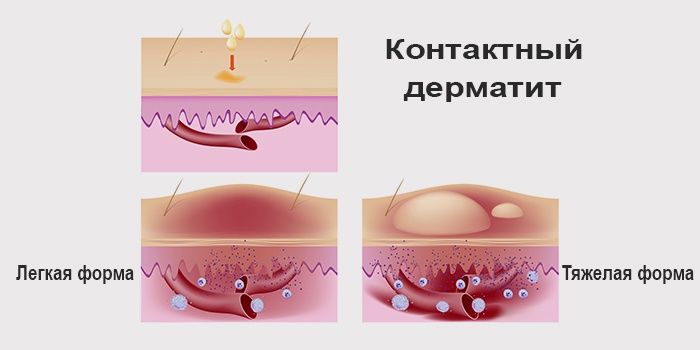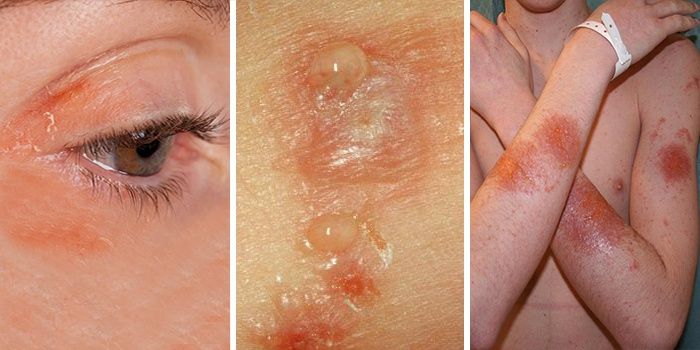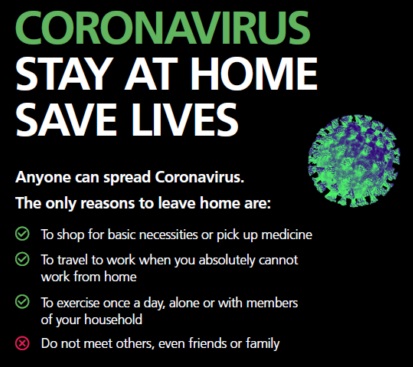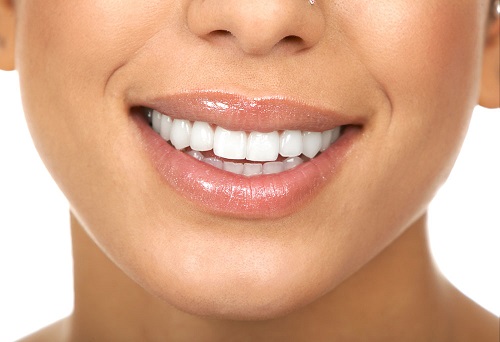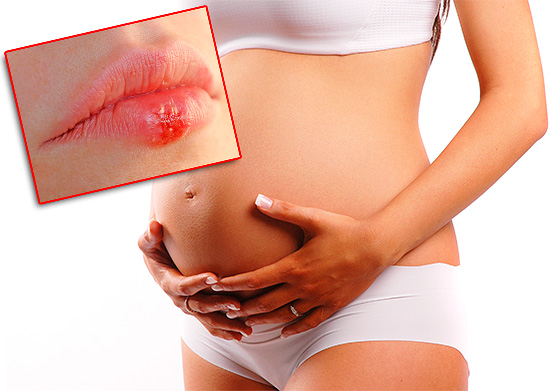Content
- What is allergic contact dermatitis
- How and how to treat allergic dermatitis at home
- Treatment features
Broadly understood, dermatitis is an inflammation of the skin. This name is given to many skin diseases. They occur, as a rule, when human skin comes in contact with an allergen and is a delayed-response allergic reaction. Therefore, contact dermatitis (10 mcb) is a kind of collective name for chronic or acute skin diseases. This group includes herpetiform, seborrheic, atopic dermatitis, etc. Each person has a predisposition to the manifestation of such allergic reactions.
What is allergic contact dermatitis
The irritant can act on the skin in two ways – through direct contact and through the blood. The first option is contact dermatitis, the second is toxidermy. For example, when skin inflammation appeared after applying the cream, then this is the first option, but after taking the pills – the second. Contact-allergic dermatitis does not appear so quickly, only after several contacts with the irritant. It may take up to several weeks to form an inflammatory reaction..
The inflammatory reaction of the skin is not related to the intensity of exposure to an allergen, which will not act in the same way on other people. The area of the disease will not necessarily coincide with the area of contact. Three forms of contact dermatitis are distinguished: acute, subacute, chronic. It can occur on different parts of the body, not excluding the eyelids, ears, penis, stomach.
Symptoms
With ordinary contact dermatitis, symptoms appear almost immediately after the first interaction with the allergen, and the area of skin lesion corresponds to the area of contact with the irritant. An example of this variant of the disease can be called chemical or temperature burns, scuffs, frostbite. With prolonged contact with an allergen, a chronic form of the disease develops. It manifests itself in the form of thickening, cyanosis of the skin, congestive edema..
Allergodermatitis in acute form externally has pronounced edema with bright reddening of the skin. At the site of the manifestation of the disease, bubbles appear that at some point open, but remain in the form of weeping erosion (wet). With the attenuation of inflammation of the skin, scales, peels remain, which is often called eczema. As a rule, dermatitis appears on the hands, waist, face, axillary region, earlobes. For a simple form of the disease, the following manifestations on the skin are characteristic:
- in places of interaction with an allergenic substance, the skin turns red, itching, swelling occurs;
- the appearance on the affected area of bubbles filled with a transparent liquid inside;
- when opening the vesicles, painful erosion remains on the upper layer of the skin;
- after the inflammation subsides, a yellowish crust remains at the site of the lesion.
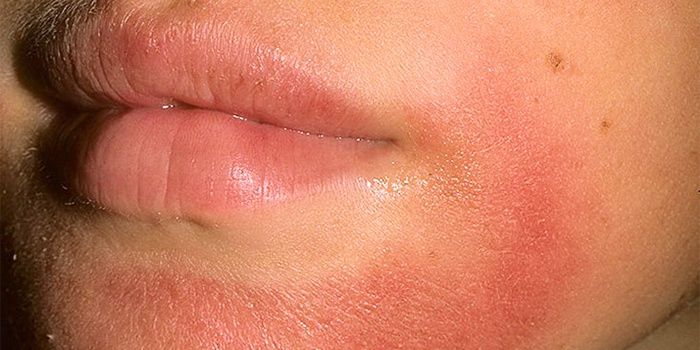
Causes
Allergic dermatosis (allergic dermatosis) can occur under the influence of almost any substance. The cause of skin disease is not so much the pathogen itself as the individual susceptibility of a person to it. Experts still were able to identify a certain group of irritants that often cause the development of contact dermatitis:
- Nickel. Widely used for making buckles, jewelry, dentures, coins.
- Latex. Present in gloves, toys, condoms.
- Household chemicals. Various constituents of detergents, detergents, etc..
- Cosmetics and makeup.
- Hormones or antibiotics that are part of drugs (ointments, creams).
- Different synthetic materials used for sewing clothes.
- Chemicals, such as ink, paint, glue.
What does it look like
Externally, contact dermatitis can be confused with other diseases. Outwardly, it may be similar to fungal and infectious skin lesions or the herpes virus. In certain cases, it is confused with lichen planus or psoriasis, but they are easily excluded by a skin biopsy. An important factor in diagnosing the disease is the localization of the reaction site, a form of inflammation. The photo below shows how contact dermatitis looks like..
How and how to treat allergic dermatitis at home
The treatment for this disease necessarily begins with the fact that you need to get rid of the substance that causes dermatosis. The timely implementation of this paragraph largely determines how long allergic dermatitis lasts. If the substance that provokes inflammation on the skin is associated with professional activity, then personal protective equipment should be used. Treatment of the disease can be carried out using medications (tablets and ointments) or folk remedies.
Folk remedies
- A decoction for a bath of string and chamomile. Take 4 tablespoons of chamomile, a string, pour 2 liters of boiling water and let it infuse for at least two hours. Add to the bathroom depending on the volume of water. For children – by eye, about a glass, for adults on a full bathroom about 0.5 l.
- St. John’s wort. Take 20 g of the product and pour linseed oil or olive oil (200 ml). For two weeks, infuse the mixture, strain and smear the inflamed areas of the skin.
- Potatoes. Grate potatoes, apply to areas of skin affected by dermatitis.
- Celery root Pour finely grated root with cold water. Insist for 2 hours and consume 200 ml per day.
Drugs
Drug treatment of the disease is carried out with ointments for local exposure and tablets for general. The first method helps to relieve and soothe the inflammatory effect, accelerate the restoration of skin tissue. Use ointments with corticosteroids or compresses with Burov’s liquid. In the acute form, tablets from the groups of antihistamines, hormonal tablets are used, injections of calcium chloride are carried out intravenously. Any of the treatments for contact dermatitis described below should only be prescribed by a doctor after diagnosis..
Ointments
- Advantan. Ointment for allergic dermatitis is smeared with a thin layer on the inflamed area of the skin without rubbing. The average course of treatment is 3 months, for children – 1 month. Assigned to children older than 4 months.
- Lokoid. Used 1-3 times a day, applied to the skin with massaging movements, spreading with a thin layer. 30-60 g of the product should be used per week. If this dosage is exceeded, addiction or side effects develop..
- “Elidel.” 2 times a day, the ointment is rubbed into damaged areas of the skin until completely absorbed. Use the drug until the manifestations of the disease completely disappear.
Pills
- Zirtek. Available in packs of 7 tablets or in drops. To relieve symptoms, 1 tablet is enough in 2-3 days. The drug has a prolonged effect, has a mild sedative effect. Contraindicated for pregnant girls and nursing mothers.
- “Zodak.” The action lasts for 24 hours. Adults are recommended to take 1 tablet in 24 hours, for children under 12 years – half a tablet 2 times in 24 hours.
- “Erius.” Recommended dose – 1 tablet per day before or during meals.
Treatment features
Contact dermatitis can occur regardless of gender or age, but prevention, treatment will be different in children and adults. Therapy of the disease largely depends on the specifics of the perception of the course, so it is very important to carry out it under the supervision of a doctor. The specialist will monitor the body’s response, the course of the disease, monitor the effectiveness of treatment.
In adults
Treatment of contact dermatitis in adults has the same indications, the main of which is the elimination of the source of allergies, the appointment of a drug course. The difference in treatment is only during pregnancy. In this case, topical medications are prescribed. When using tablets of general importance, you need to pay attention so that there is no allergen in the composition. For health reasons, it is best to rule out pills that have effects on the digestive tract and stomach. A special diet is recommended..
In children
Allergic dermatitis in children is very common. The reason is the interaction with an irritating substance. In newborns, the skin has a special sensitivity, and the immune system is not yet sufficiently developed, so the disease is especially painful. It is not very difficult to cure contact dermatitis in infants, it often passes by itself, but with symbiosis with other infectious diseases (staphylococcus), the course of the disease can be complicated.
Most medications are not recommended for use up to 6 years, so for the treatment of allergic dermatitis should increase the number of water procedures, walks in the sun. Be sure to find the cause of the disease, try to replace synthetic or uncomfortable clothes. For the time, refuse to use baby oils, use better boiled vegetable oil.






